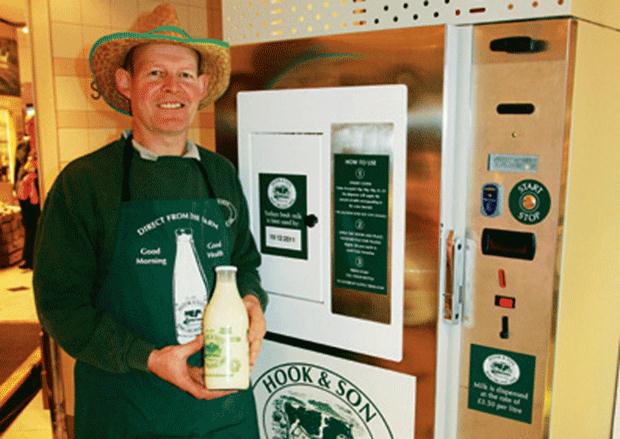Food safety culture is often mentioned on the speaker circuit but what does it all mean? We gave it a shot, so has Griffiths and Yiannis.
The U.K. Food Standards Agency has come out with two reports prepared  by a consultant that offers a thorough review of the concept but doesn’t move us any closer to implementation.
by a consultant that offers a thorough review of the concept but doesn’t move us any closer to implementation.
And I don’t know why the reports were targeted at inspectors, to help them assess the culture of a food business. Shouldn’t food producers, the ones who profit, be taking the lead on developing case studies, data collection, and innovative techniques to embed food safety culture within their organizations? And brag about it?
Maybe I’m just a bit thick.
“The study aimed to develop a tool which can be used by enforcement officers for those aspects of food safety culture, attitudes and behaviors that
 help officers assess ‘softer’ aspects of risk presented by individual food business operators (FBOs).”
help officers assess ‘softer’ aspects of risk presented by individual food business operators (FBOs).”
Uh-oh. Writing with dick fingers (‘softer’) usually means uncertainty vagueness, or just lousy writing.
“The first stage of work identified and reviewed existing safety culture assessment tools. A total of 169 questionnaires and tools were identified. A large number of these were variations of safety climate questionnaires and had been used in safety culture research. Fifteen toolkits/questionnaires were shortlisted for potential inclusion in the detailed review. The review of the current tools noted that:
• none of the tools had been developed specifically to assess food safety culture;
• the typologies used for some tools, and elements of safety culture covered, overlap with those noted in food safety culture research;
• most tools have not been developed specifically for micro or small firms;
 • many of the existing safety culture tools have some form of validation; and,
• many of the existing safety culture tools have some form of validation; and,
•a large majority of the tools are diagnostic.
The summary also notes a number of tools are intended for completion as a survey of staff. They measure the safety climate rather than specifically diagnose safety culture and mapped advice. This is not considered applicable by inspectors during ‘routine’ inspections of micro or small food businesses.
There’s those dick fingers again.






(1).jpeg) does a lot.
does a lot..jpg) than what was applied at processing.
than what was applied at processing. what they can to ensure they eat out safely.
what they can to ensure they eat out safely..jpg) risk of E. coli, Salmonella and other bugs.
risk of E. coli, Salmonella and other bugs..jpg)
.jpg) were tested.
were tested. by allowing Longleys Farm in Hailsham, East Sussex, to sell the product from dispensers in its food hall.
by allowing Longleys Farm in Hailsham, East Sussex, to sell the product from dispensers in its food hall.